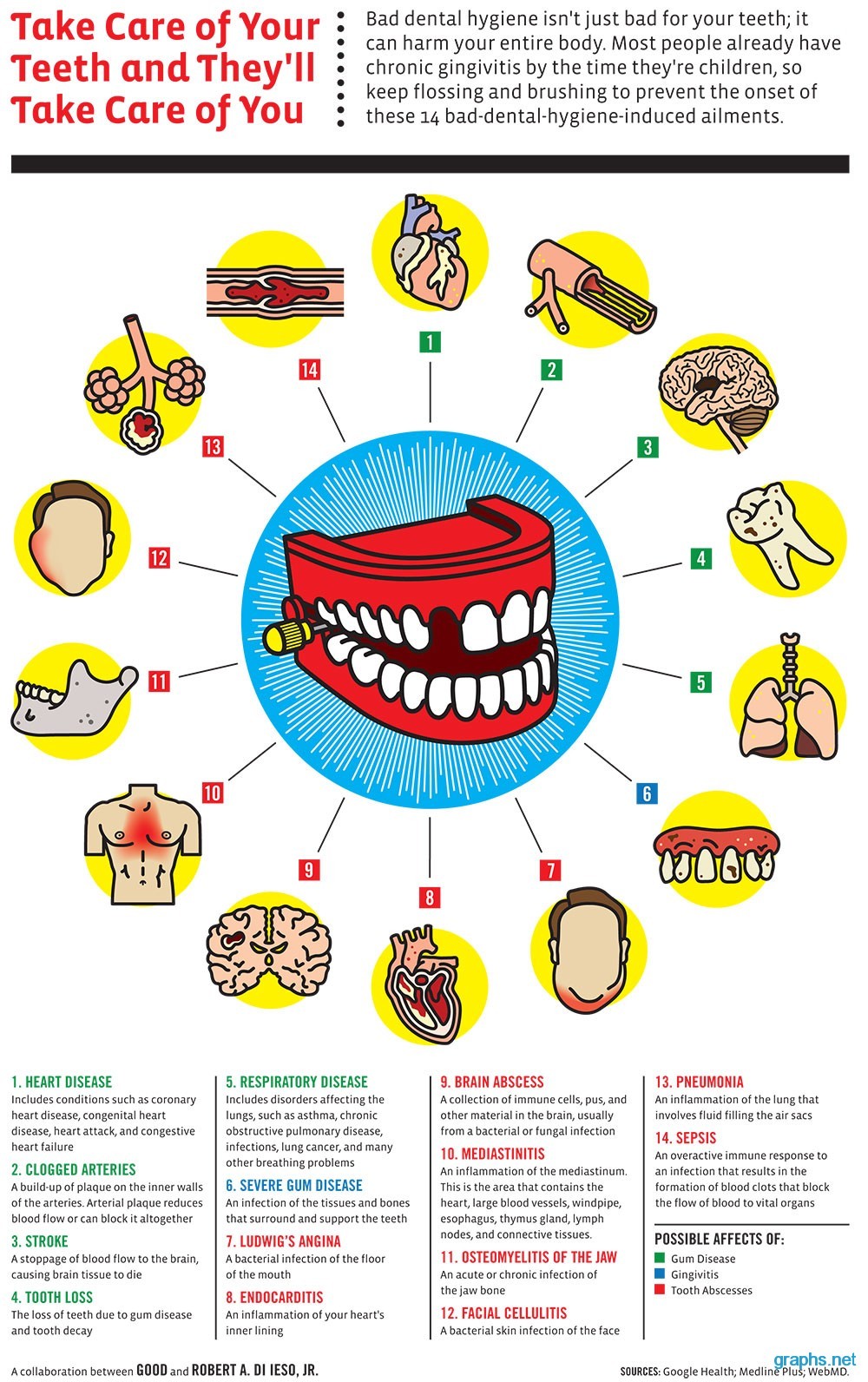The Development Of Oral Surgery: Cutting-Edge Innovations And Advancements Affecting The Area
The Development Of Oral Surgery: Cutting-Edge Innovations And Advancements Affecting The Area
Blog Article
Produced By-Johannsen Dowd
Welcome to the world of oral surgery, where advancements and advances are shaping the future of the field! In this interesting realm, you'll witness the transformative power of robotics, the cutting-edge wonder of 3D printing, and the game-changing impact of minimally intrusive techniques.
The future of oral surgery holds a guarantee of accuracy, performance, and improved patient end results. With the help of sophisticated robotics, surgeons have the ability to perform complex procedures with higher accuracy and control.
3D printing technology is transforming the creation of oral implants and prosthetics, using personalized remedies that fit effortlessly into each individual's special makeup.
In addition, minimally intrusive techniques are minimizing post-operative pain and recovery time, enabling individuals to go back to their daily lives faster.
Prepare to explore the exciting developments and advances that are reshaping the landscape of dental surgery!
Improvements in Robotics
One significant advancement in dental surgery is using robot innovation, which enables specific and reliable surgical procedures. With the help of robotic systems, oral doctors have the ability to perform intricate surgical procedures with boosted accuracy, decreasing the risk of human mistake.
These robot systems are furnished with innovative imaging innovation and specific tools that make it possible for cosmetic surgeons to browse with elaborate anatomical structures easily. By utilizing robotic innovation, specialists can accomplish greater surgical precision, leading to boosted individual end results and faster recuperation times.
Furthermore, making use of robotics in dental surgery enables minimally invasive procedures, lowering the trauma to surrounding tissues and promoting faster recovery.
3D Printing in Dental Surgery
To improve the field of oral surgery, you can explore the subtopic of 3D printing in oral surgery. This innovative innovation has the prospective to reinvent the way oral surgeons operate and deal with people. https://teeth-whitening-uv-light06050.blogproducer.com/39920786/contrasting-prices-oral-implants-vs-various-other-tooth-substitute-options are 4 essential methods which 3D printing is shaping the area:
- ** Custom-made Surgical Guides **: 3D printing allows for the production of very accurate and patient-specific surgical guides, boosting the accuracy and effectiveness of procedures.
- ** Implant Prosthetics **: With 3D printing, dental cosmetic surgeons can develop tailored implant prosthetics that flawlessly fit a client's unique makeup, causing better outcomes and individual fulfillment.
- ** Bone Grafting **: 3D printing makes it possible for the production of patient-specific bone grafts, lowering the demand for conventional grafting techniques and enhancing healing and healing time.
- ** Education and learning and Training **: 3D printing can be made use of to develop reasonable medical versions for educational functions, enabling dental doctors to practice complex procedures prior to performing them on people.
With its prospective to boost precision, customization, and training, 3D printing is an exciting growth in the field of oral surgery.
Minimally Intrusive Techniques
To better advance the field of oral surgery, embrace the potential of minimally invasive techniques that can significantly profit both surgeons and people alike.
Minimally Recommended Internet page are transforming the area by minimizing medical trauma, reducing post-operative pain, and speeding up the recovery process. These strategies include making use of smaller cuts and specialized instruments to do treatments with precision and performance.
By using advanced imaging modern technology, such as cone light beam calculated tomography (CBCT), doctors can precisely intend and execute surgical procedures with minimal invasiveness.
Additionally, using lasers in oral surgery allows for precise tissue cutting and coagulation, causing decreased blood loss and lowered healing time.
With minimally intrusive techniques, people can experience much faster recuperation, reduced scarring, and improved outcomes, making it a vital facet of the future of oral surgery.
just click the following internet site , as you can see, the future of dental surgery is incredibly encouraging, with amazing technologies and advances shaping the area.
From the innovations in robotics to using 3D printing and minimally intrusive strategies, oral surgeons are reinventing the way they give care.
While some may fret about the potential price connected with these advancements, it is essential to bear in mind that these modern technologies ultimately enhance person end results and lower recuperation time, making them well worth the investment in the future.
